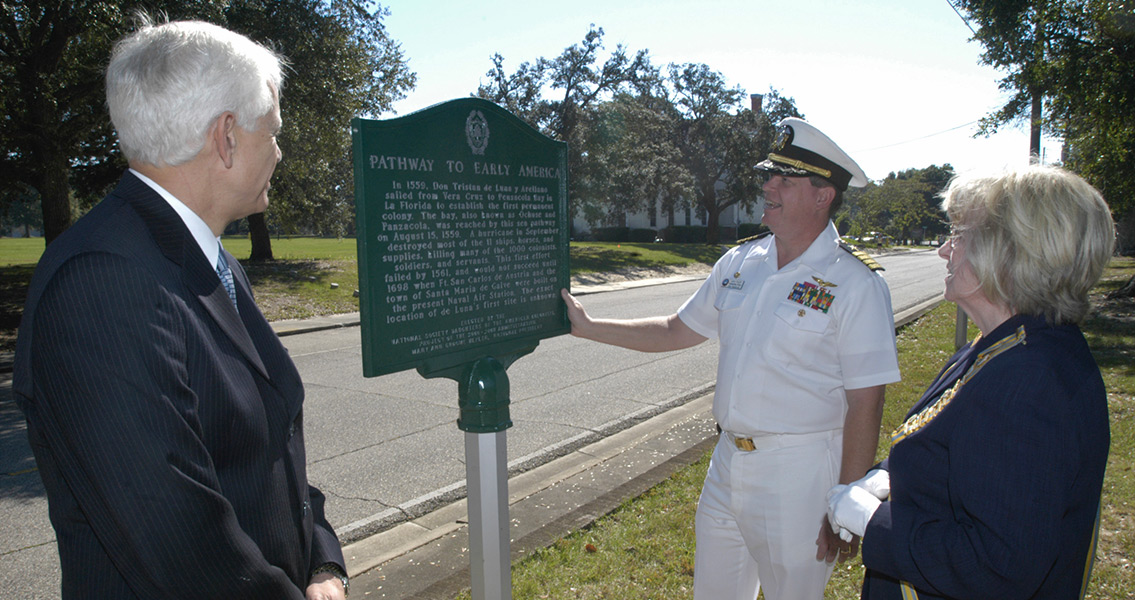<![CDATA[The site of a Spanish colony established by Don Tristan de Luna in August of 1559 has been confirmed to be in Pensacola, Florida. The oldest European multi-year settlement of its kind, the Luna colony was founded more than half a decade before St. Augustine and almost half a century before Jamestown, Virginia became the first major English colony to be established in the New World. While the exact location of the site has been kept under wraps to ensure that the archaeological find remains intact – and the neighborhood in which it resides is relatively undisturbed – officials say that the downtown urban site is in view of a pair of Luna expedition ships that sank in Pensacola Bay. Originally discovered by Tom Garner, a local historian, in October of this year, the site and its identity were confirmed by archaeologists from the University of West Florida (UWF). Historian of the sixteenth century and associate UWF historical archaeology professor John Worth remarked in an interview with the Pensacola News Journal that the find was akin to a “once-in-a-lifetime” event. While the archaeologist had always believed that one day the Luna colony would be found – most likely by accident – he had no expectations that such an event would unfold during his tenure at the university. The “accident” of the settlement’s discovery involved Garner discovering the partial rim of an olive jar dating back to the middle of the sixteenth century, which was upturned in the wake of a private residence being bulldozed in a residential lot. The local historian approached Jan Lloyd, director of the UWF Archaeology lab, and after several visits to the lot to collect surface samples, Garner was able to bring the artifacts to the lab to undergo testing and analysis by Worth and his colleagues. After Garner’s suspicions were confirmed by the UWF archaeologists, the owners of the property where the shards of the olive jar were found gave permission to the university to excavate approximately one-half acre of land over the course of five days. The dig site yielded a multitude of small objects including additional olive jars, tableware and cookware, as well as personal objects like a handful of Venetian trade beads, lead weights for fishing line, and a lacing aglet made from copper. Such artifacts left the university researchers convinced that the bulldozed site was where Luna, along with around 1,500 colonists, first set up camp in Pensacola in 1559. The sheer amount of evidence discovered in the short five-day excavation was such that Worth referred to it as “a bull’s-eye” when it came to Pensacola’s archaeological landscape. With a complete lack of any archaeological finds containing mid-sixteenth century ceramics up until this point in the Pensacola region, the new find was “substantial”, the archaeologist added. Worth hopes that the other families and individuals living within the neighborhood will be amenable to UWF archaeologists examining their property for additional artifacts.]]>
Site of Oldest European Settlement in US Confirmed
